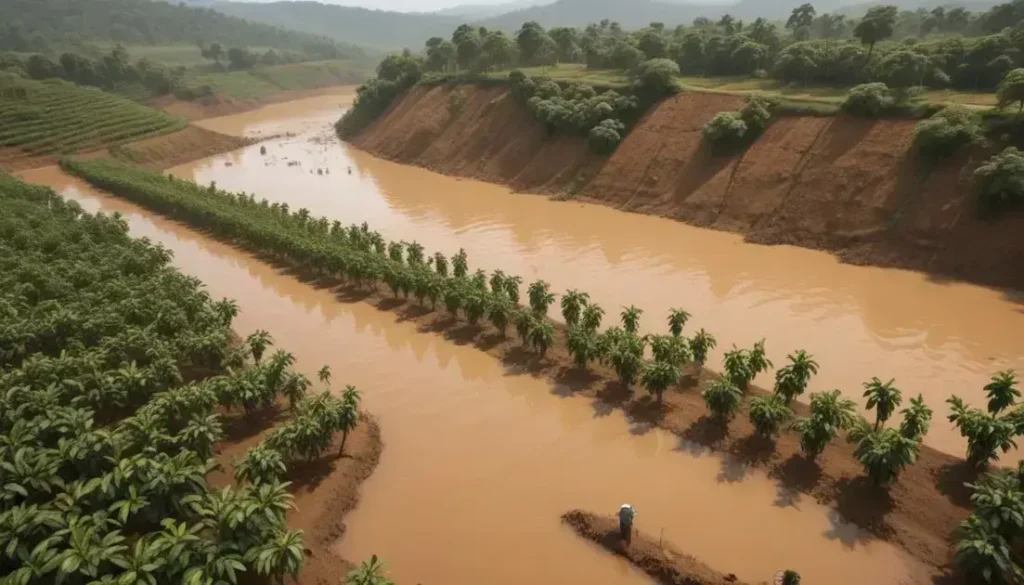Circular textiles enhance sustainability in the Australian fashion industry by promoting reuse and recycling, thereby reducing waste and creating economic opportunities as businesses respond to growing consumer demand for eco-friendly products.
Circular polyester is emerging as a game changer in the fashion industry, connecting sustainability with market demands. How will this impact Australian businesses?
Strategic partnerships driving recycled polyester production
Strategic partnerships are vital for enhancing recycled polyester production across Australia. Collaborations between manufacturers, designers, and environmental organisations are emerging to drive innovation and sustainability. These alliances are focused on developing processes that effectively transform waste into high-quality polyester fibres.
By pooling resources and expertise, partners can share technology that optimises the recycling process. This teamwork has resulted in higher yields and lower production costs, making recycled polyester more appealing for businesses. Such benefits facilitate the adoption of environmentally friendly materials in fashion and textiles.
Market Demand and Sustainability: The increasing consumer demand for sustainable products is influencing the direction of the industry. As Australian companies embrace these strategic partnerships, they contribute to a circular economy, reducing reliance on virgin polyester and minimising waste. This trend is re-shaping supply chains, aligning with global sustainability goals.
To ensure success, these partnerships focus on innovation and transparency. They encourage the development of new technologies and materials that are both cost-effective and sustainable, fostering an industry that prioritises ecological integrity. With the right support and investments, the future of recycled polyester in Australia looks promising.
The impact of circular textiles on the Australian market
The rise of circular textiles is reshaping the Australian market by promoting sustainability in the fashion industry. This innovative approach focuses on reusing, recycling, and regenerating materials, ensuring that textiles remain in use for as long as possible. As consumers become more conscious of their environmental impact, demand for circular textiles is on the rise.
Companies are now collaborating with recycling facilities to facilitate the collection and processing of old garments. This can significantly reduce waste, leading to a more sustainable model of consumption. The shift towards circular textiles not only helps the environment but also fosters a new economy around sustainable materials.
Economic Opportunities: Adopting circular practices can unlock various economic opportunities. Australian businesses can tap into a growing market for eco-friendly products, attracting consumers who prioritise sustainability. This could lead to innovations in product design and marketing strategies that emphasise environmental responsibility.
As the government introduces regulations supporting sustainable practices, companies that invest in circular textiles will be better positioned to comply with these changes. By prioritising durability and recyclability, the Australian market can reduce its reliance on traditional linear production methods, paving the way for a more sustainable future.
Embracing Circular Textiles for a Sustainable Future
The shift towards circular textiles marks a significant step towards a more sustainable future for the Australian fashion industry. This movement not only reduces waste but also promotes a new way of thinking about resource use.
As Australian businesses embrace these practices, they stand to benefit economically while helping the environment. By making conscious choices, companies can meet the growing demand for eco-friendly products and ensure compliance with future regulations.
Ultimately, adopting circular textiles paves the way for a greener tomorrow, where sustainability becomes a central part of the fashion landscape. It’s a crucial change that both businesses and consumers can support, ensuring a positive impact on the planet for generations to come.
Frequently Asked Questions
What are circular textiles?
Circular textiles are materials designed to be reused and recycled, minimizing waste and promoting sustainability in the fashion industry.
How do circular textiles benefit the environment?
They reduce landfill waste by keeping materials in use longer, thereby lowering the demand for new resources and decreasing pollution.
Why are Australian businesses focusing on circular textiles?
Australian businesses are responding to consumer demand for sustainable products and aiming to align with emerging regulations promoting eco-friendly practices.
What role do partnerships play in the circular textile movement?
Partnerships between manufacturers, designers, and recyclers are crucial for improving recycling processes and developing sustainable practices in the fashion industry.
How can consumers support circular textiles?
Consumers can support circular textiles by choosing products made from recycled materials and participating in garment recycling programs.
What challenges do businesses face in adopting circular textiles?
Challenges include the need for investment in new technologies, consumer education, and ensuring the supply chain is capable of supporting sustainable practices.


